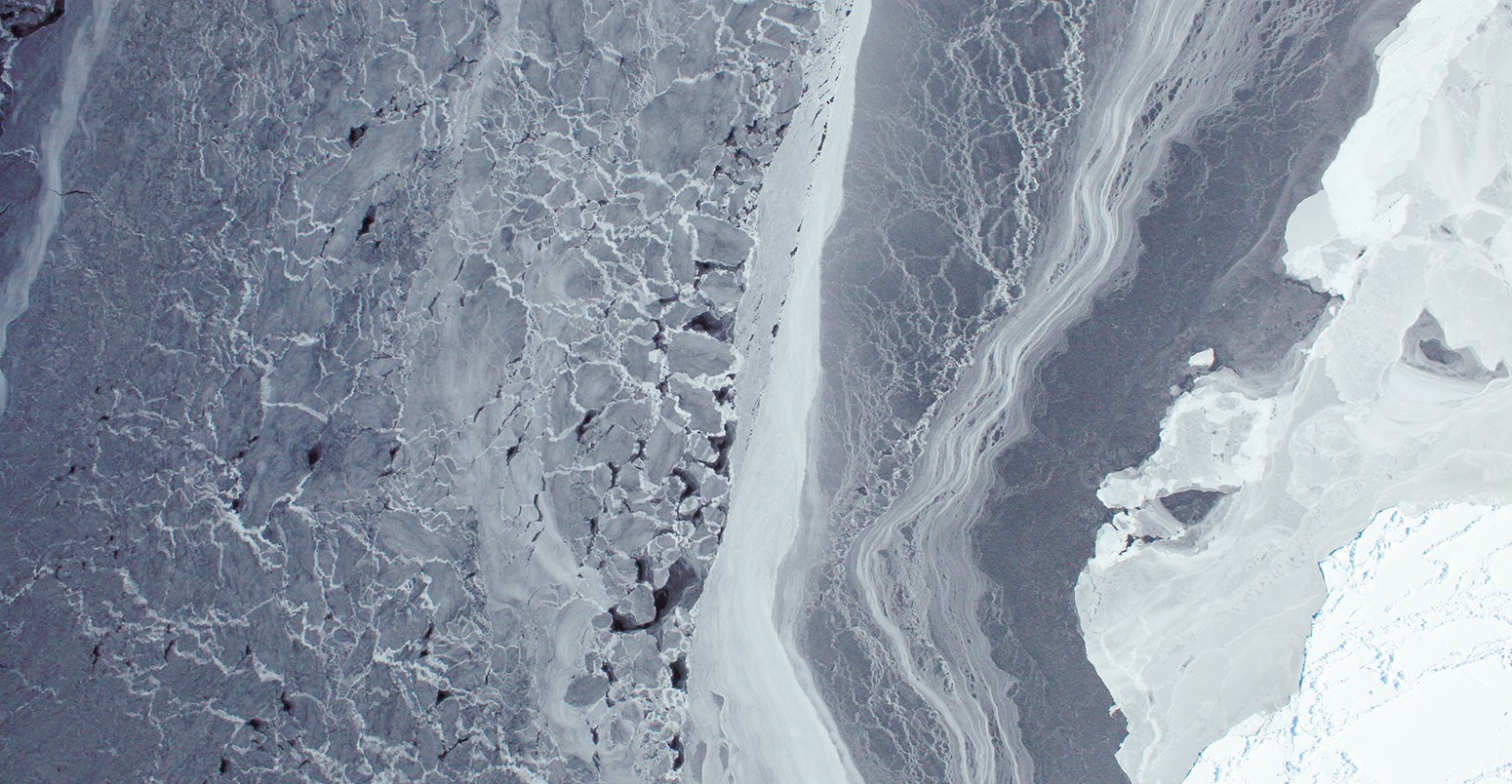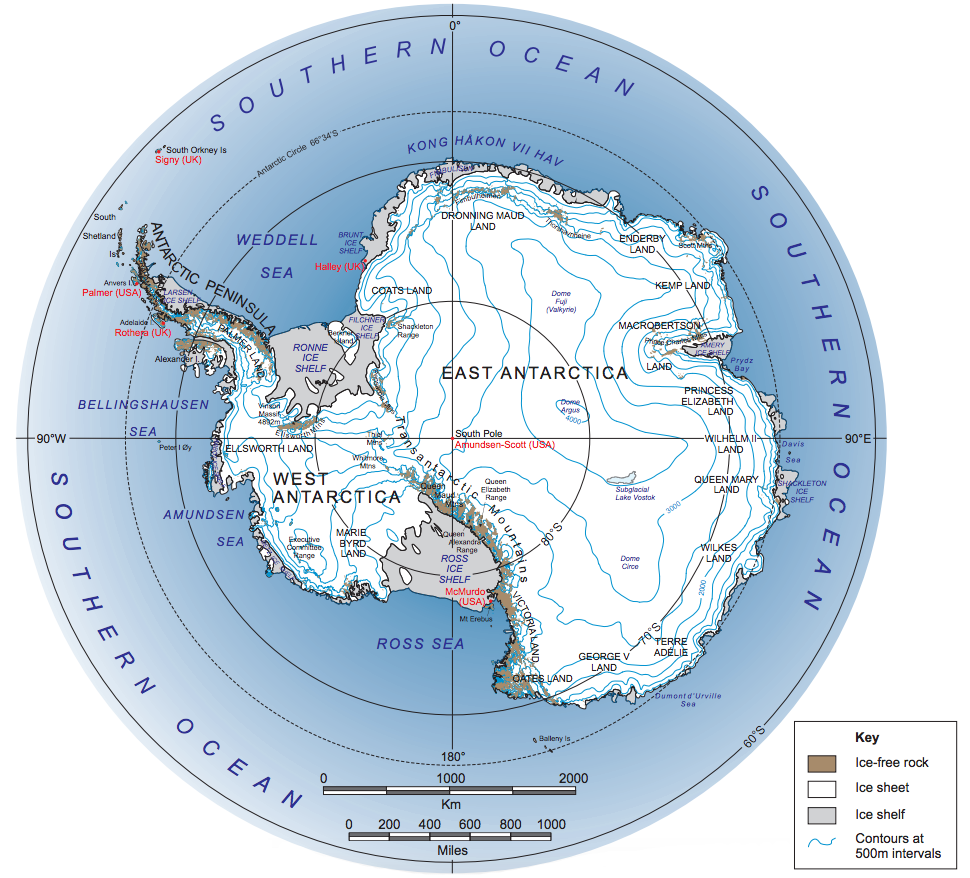
Video: Glacier collapse would trigger eventual loss of West Antarctic Ice Sheet
Robert McSweeney
11.02.15Robert McSweeney
02.11.2015 | 8:00pmIf the collapse of several major glaciers on West Antarctica has started – as research suggests – the whole western side of the ice sheet could follow, a new study finds. This would add more than three metres to global sea levels over the “coming centuries to millennia”, the paper says.
The animation below shows the speed of ice loss in the study’s model simulation.
Collapse of the WAIS in response to 60 years of warming in the Amundsen Sea (shown by the dark red rectangle that appears briefly on the left-hand side at the beginning). The yellow and orange shading indicates the flow of ice towards the ocean – at hundreds, and even thousands, of metres per year. The graph below the map charts the contribution to sea level rise, which increases rapidly after around 2,000 years and then plateaus after 10,000 years. Credit: Feldmann & Levermann (2015).Scientists have long thought the West Antarctic Ice Sheet (WAIS) is a particularly vulnerable part of Antarctica because it’s a marine-based ice sheet, which means a lot of what lies on land is below sea level.
Where glaciers of the WAIS meet the ocean, warm water melts them from underneath, gradually undercutting where the ice sheet sits on the land – known as the “grounding line”. The grounding line is forced back as more and more of the thinning ice sheet lifts off the land and instead floats on the ocean, where it adds to global sea levels.
Last year, two research articles caused a flurry of media reaction by suggesting that the long-term collapse of the WAIS had already begun. The studies found that melting of the Pine Island and Thwaites glaciers, which drain into the Amundsen Sea, indicate they have “passed the point of no return”.
Prof Ian Joughin, lead author of one of these studies, says the new research supports his findings. He tells Carbon Brief:
This paper does confirm what we hypothesised, which was that knocking out Pine Island and Thwaites glaciers takes down the rest of WAIS.
But he thinks the changes could happen more quickly than the new study suggests:
However, I think the time scale over which this collapse will occur is too long – it’s more likely measured in centuries rather than millennia.
Main image: Aerial view of the West Antarctic Ice Sheet. Credit: NASA Goddard/Flickr.
-
Video: Glacier collapse would trigger eventual loss of West Antarctic Ice Sheet
-
Model simulations show loss of entire ice sheet in West Antarctica


